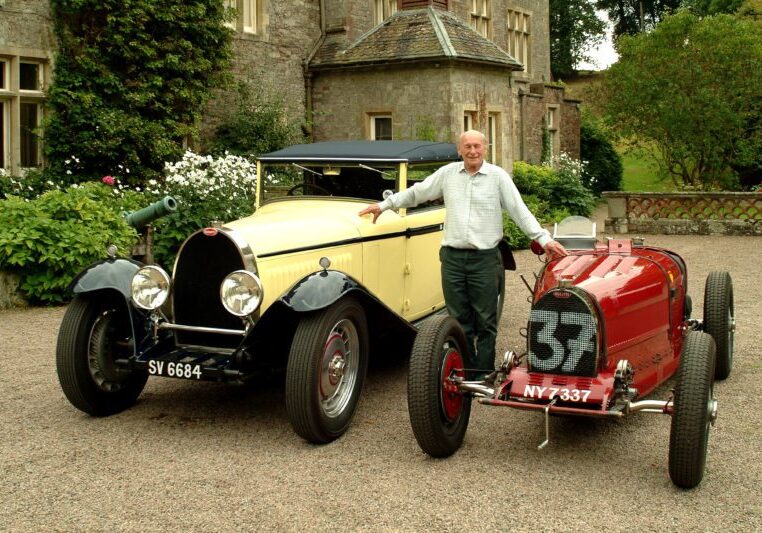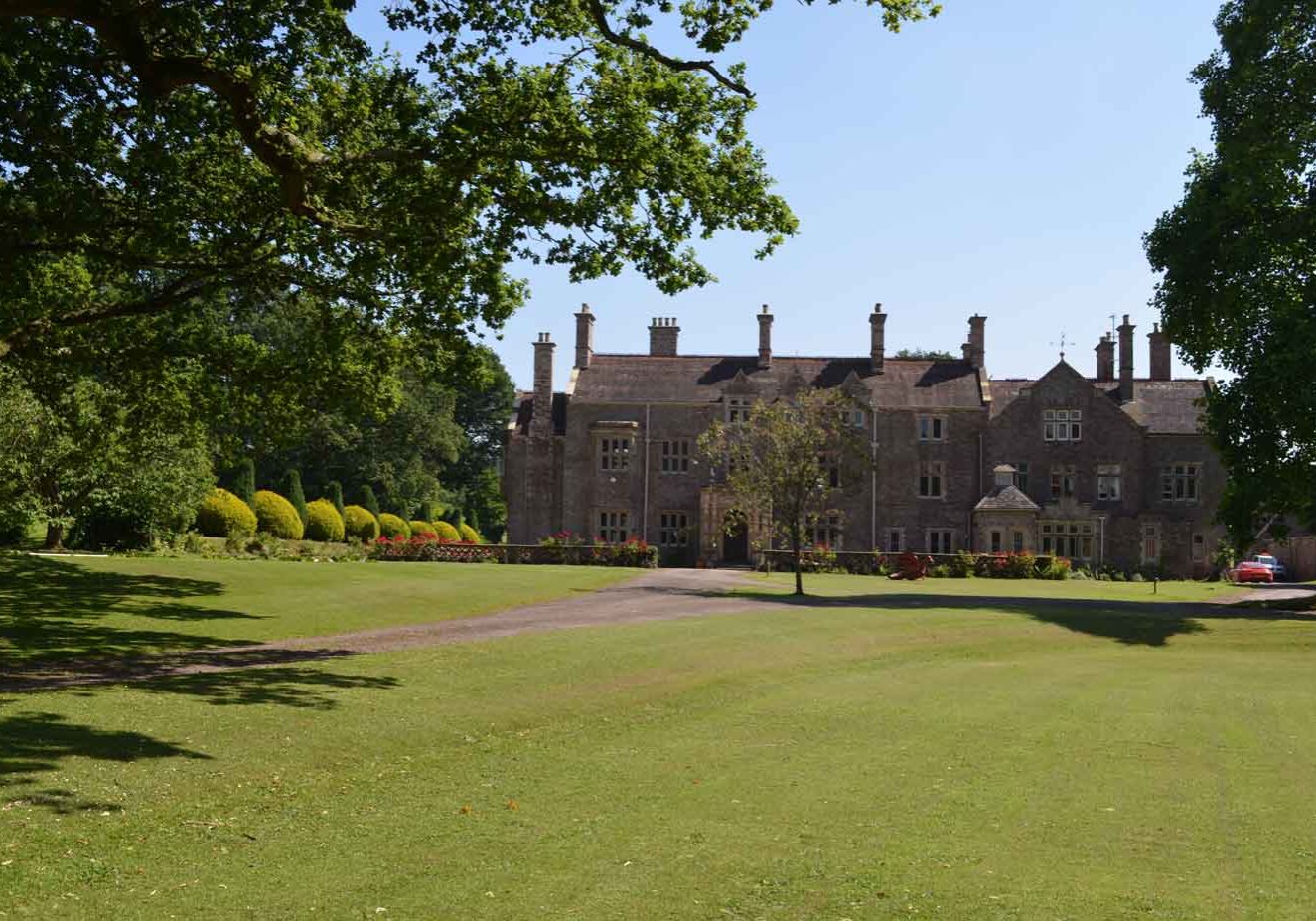Cefn Tilla History
A History of Cefn Tilla Court

Cefn Tilla Court
Cefn Tilla was rescued in 1856 by the Raglan Memorial Committee, who were looking for a suitable house in the neighbourhood of Raglan to purchase in memory of the first Lord Raglan, who had recently died while in command of the British Army in the Crimea. Cefn Tilla appeared suitable for conversion as a country seat, and the house was enlarged under the direction of Sir Matthew Digby Wyatt. He had worked with Pugin and Brunel, and had been Secretary for the Committee for the Great Exhibition of 1851.
The rehabilitation of the house coincided with the making of the Pontypool – Monmouth railway which ran nearby; and since Cefn Tilla was bought from the chairman of the railway company, Crawshay Bailey, MP, it seems likely that workmen from the railway were employed when creating a drive to the house from Gwernesney in the south.
Wyatt installed in the hall a carved oak frieze, dating from about 1514, which was removed from Usk Priory but appears to have been taken there from Raglan Castle for safe keeping in the early 19th century. Alongside sacred emblems are represented the Somerset family’s Portcullis Crest, the Arms or Crests of other great families in the area such as Clare, Lucy and Percy, and of King Henry VIII and the House of Aragon. The frieze was restored in 1937, when much of the original colouring was found to be intact under a coat of dark varnish.


Lord Raglan
The first Lord Raglan was the youngest son of the Duke of Beaufort. He was a direct descendent of the defender of Raglan castle and the 2nd Marquess of Worcester, said to be the inventor of the steam engine.
He joined the army in 1804. He worked his way up the ranks gaining the trust and admiration of his superiors and those under his command. During his time in the army he had dealings with some very notable people including the Duke of Wellington, The Duke of Worcester and even Florence Nightingale.
On the death of the Duke of Wellington in 1852 he was made a Privy Councillor, appointed Master General of the Ordnance, and raised to the peerage. He took as his title the name of the castle and old family home, which was still in the possession of his nephew, the Duke of Beaufort. It was at this time that his friends in the army began to contribute secretly to a Raglan Testimonial Fund as a tribute to his “kindness and urbanity in his great office”.
The large sum of money raised made possible the purchase, reconstruction and extension of Cefn Tilla. An inscription over the porch dated 1858 commemorates this unique gift thus: “This house with 238 acres of land was purchased by 1623 of the friends, admirers and comrades in arms of the late Field Marshal Lord Raglan GCB and presented by them to his son and his heirs forever as a lasting memorial of affectionate regard and respect.”

Robert Evans
The House and title remained in the family until the last Lord Raglan’s death in 2010. At that time the house was inherited by Lord Raglan’s nephew Henry Van Moyland who lived in America. There were various claims made against the property but these were eventually dropped leading to the sale of the house by Van Moyland in 2015 to Robert Evans.
The property has undergone extensive renovations in an effort to restore the property to its former glory. The house is his home, but it is also an exclusive wedding venue, and a space for corporate events. Several of the outbuildings and cottages on-site are being renovated to be used as luxury self-catering holiday cottages. Visitors to the house should be suitably impressed by its charm and grandeur for years to come.
